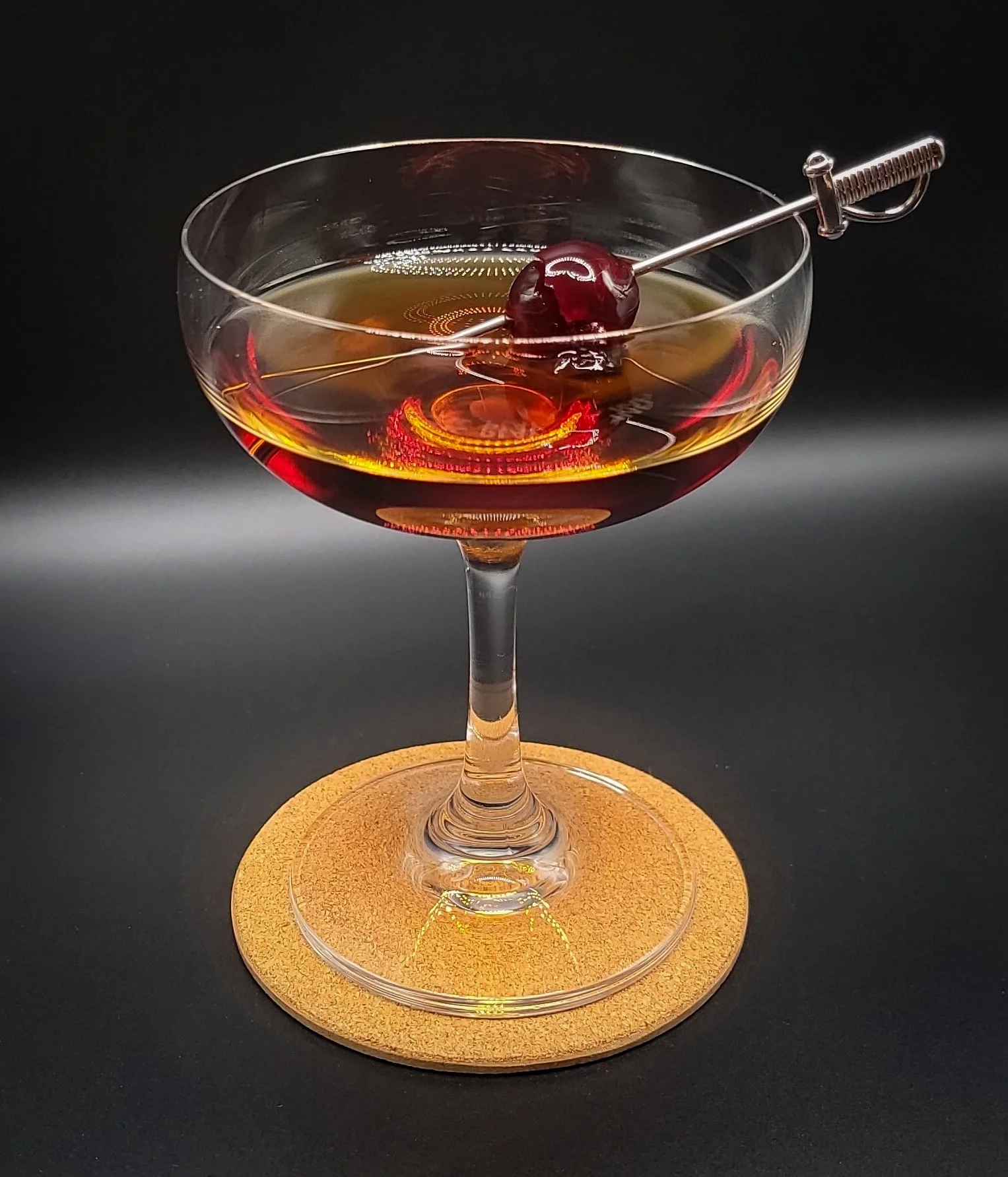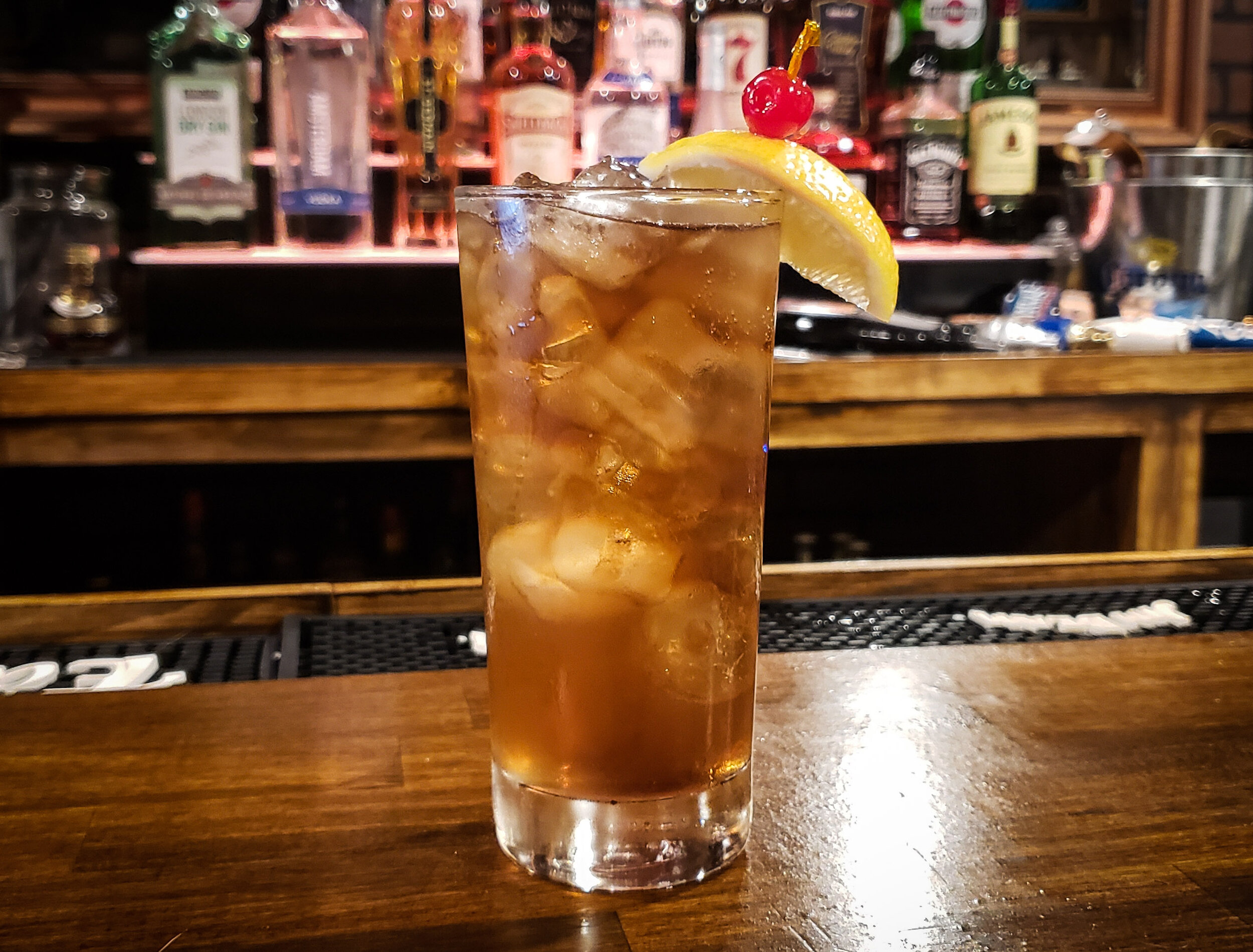Whiskey
Bourbon. Rye. Scotch. Irish. Tennessee. Japanese.

Okay here we go. First, let us make this disclaimer:
By no means do we suggest there are only six variations of whiskey/whisky. There are numerous variations based on distillation, region, and more. At Empire Mixology we simply group these spirits into broader categories so our spirits section isn’t several pages long. Now then let’s jump right in.
Bourbon
We’ll start with the American whiskey bourbon. Bourbon is distilled form corn and is mostly made in Kentucky. Bourbon mostly has no aging requirement, save for Straight Bourbon which is aged two years minimum in new oak barrels. Its flavor is typically sweet and woodsy, with hints of vanilla.
Rye
For arguments sake, we grouped Canadian blended whiskey into this category as well. Rye is distilled from rye mash and is typically produced in Canada and the United States. Historically, rye is considered a Canadian whiskey. However, due to distillation regulations American distilled rye contains more rye than its Canadian counterpart, which is why the distinction of Canadian blended whiskey was created. Rye is typically light and can be fruity in flavor and dryer than bourbon. Blended whiskeys are more versatile and contain elements of traditional rye and bourbon whiskeys. Rye’s aging requirements are similar to that of bourbons.
Tennessee
There is a debate over if Tennessee Whiskey is a real category or just a subsection of bourbon, but the truth is there’s really nothing quite like it. The extra step that Tennessee whiskey distillation takes creates a unique product that has absolutely made a global impact. Essentially monopolized by Old Number 7 Jack Daniels, Tennessee whiskey is bourbon that is filtered through maple charcoal, giving it a sweet and smoky flavor. It must be aged in NEW charred oak barrels. It is has to be created in the state of Tennessee.
Irish, Scotch, Japanese
So the truth is all three of these varieties are essentially the same thing, but created in different regions. We’l'l start with scotch, which must be distilled in Scotland and is made with 100% malted barley mash. It must be aged for a minimum of three years in oak barrels. It has a distinct smoky and peat (earthy) taste. The mortal enemy of Scotland is Ireland and that’s the major reason why we can’t call Irish whiskey a scotch. The main difference between the two is the absence of peat and malted barley in Irish whiskey. This creates a more toasty and sweet flavor than scotch. Oh and it has to be made in Ireland. The newcomer, Japanese whiskey rounds out the group. Japanese whiskey is a direct duplicate of the production of scotch, with the only defining difference being that it is distilled in Japan. There is one difference in distillation, in that Japanese whiskeys are rarely blended with product from other distilleries. This creates a more “pure” distillation with a more singular pronounced flavor (for better or worse).
Whiskey Recipes
Recent Whisk(e)y Recipes
““Too much of anything is bad, but too much good whiskey is barely enough.””






























